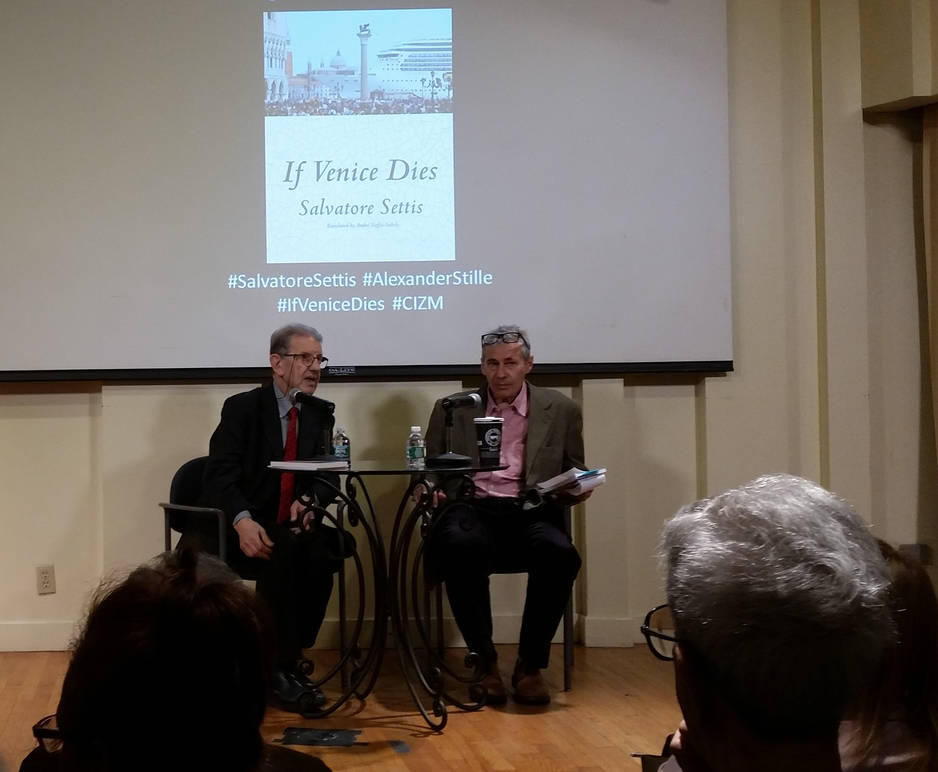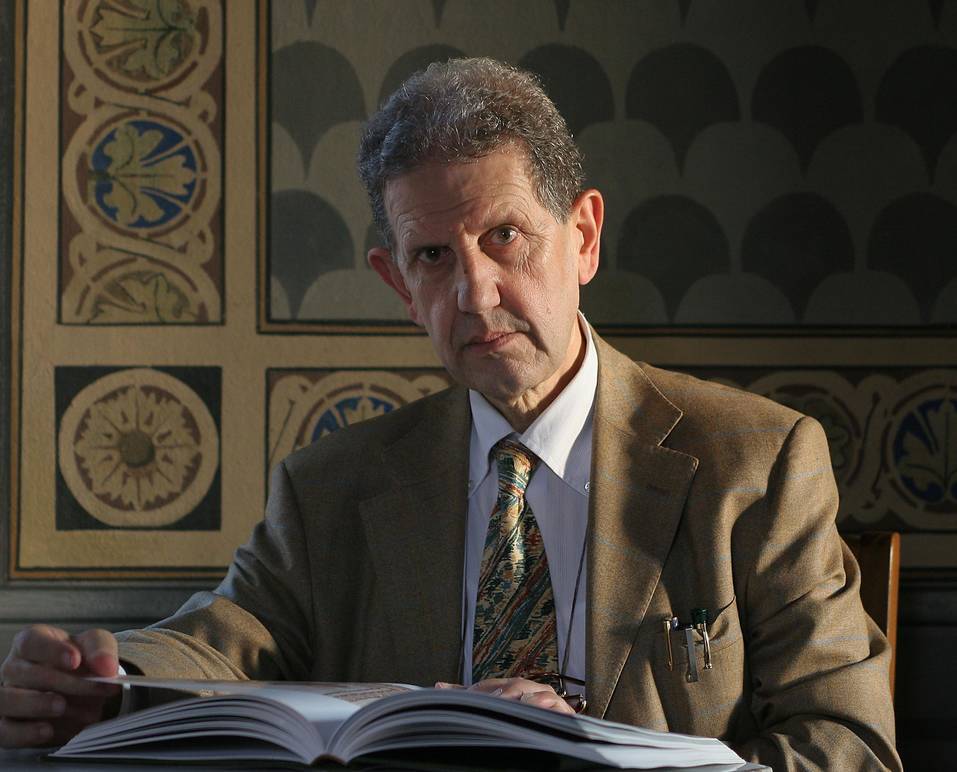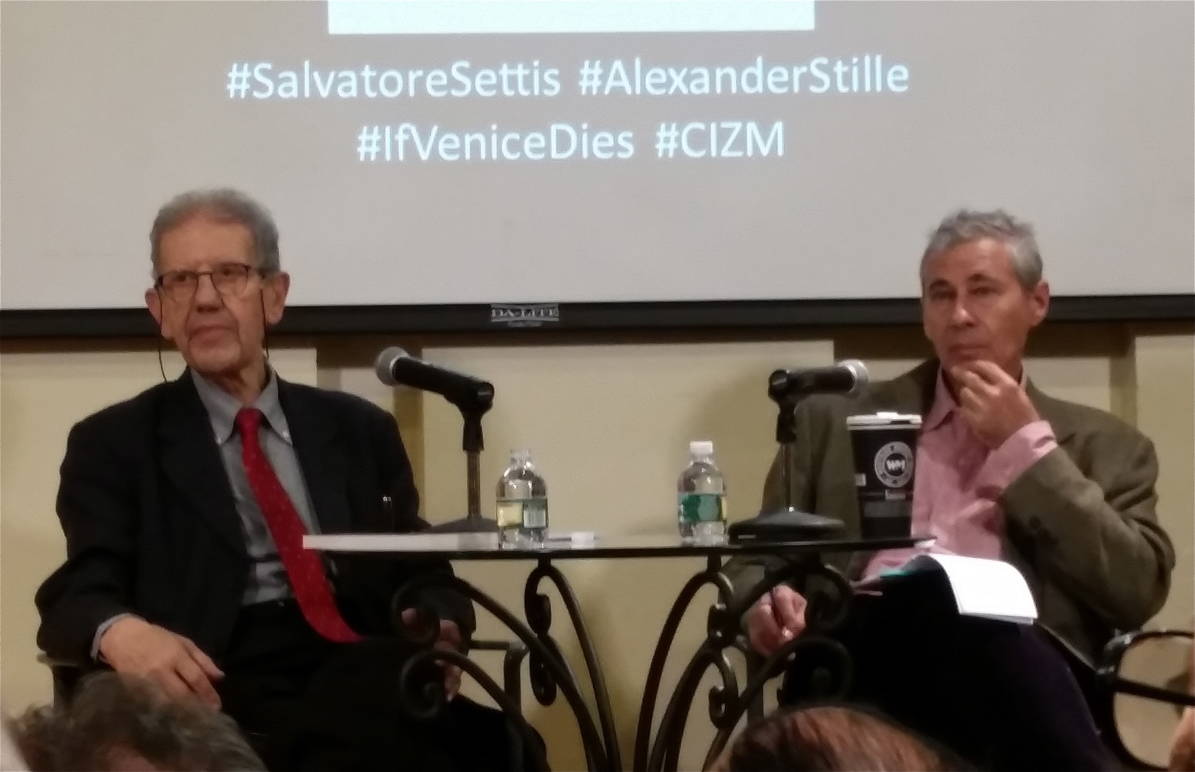If Venice Dies: A Conversation with Salvatore Settis
A city is a living organism with its own specific urban and social DNA, the citizens are or should be one with the architecture of their city and vice versa. That’s one of the most relevant themes in Salvatore Settis' Venice case study.
As an internationally renowned art historian and the current chairman of the Louvre Museum’s Scientific Council as well as the previous director of the Getty Research Center for the History of Art and the Humanities in Los Angeles, Settis has plenty of thoughts on the route Venice must take if it wants to regain its position as a center of Italian cultural achievement and financial prosperity.
The massive invasion of tourism slowly transformed “La Serenissima” into a big amusement park, plus the lagoon area is colonized on a daily basis by monster cruise ships altering the city's urban landscape and its architectural aesthetic.
These types of floating skyscrapers are aligned with a general phenomenon of pressing modernization on historical cities, a trend that is virally spreading all over the world not just in Italy, as if building a skyscraper in the most unusual contests makes a city look more modern. He welcomes the building of new skyscrapers if they get along harmoniously with the architecture of a city and they don’t vandalize its own identity.
Another huge threat for Venice is the dangerous “acqua alta” season. Given the ever rising water levels, the situation is getting worse due to global warming. Also, the increasing amount of people leaving Venice on a daily basis makes the future of La Serenissima extremely troubling.
The statistics are staggering: there’s now only one resident in Venice for every 140 visitors. An average of 2-3 Venetians flee the city every single day, meaning that soon there might not be any full-time residents left. Currently, the total population is dwindling down to around 264,000 people when there was almost double that number just ten years ago. In addition, all of those who are fortunate enough to own secondary homes in Venice live there on an average of only two days per year.
The reason Venetians are leaving their hometown is not only because it’s an expensive place to live but more importantly because the city itself is deteriorating. Another complication is that even though Venice is one of the most popular tourist destinations in the world, their system of supply and demand is completely off balance because visitors hardly spend any money there.
During the meeting at Casa Italiana, Settis wanted to make it clear that “Venice is not an amusement park, we don’t accept the idea that tourism is the only source of revenue.” He believes that there is still so much potential in the city where great artistic talents like Titian and Vivaldi lived and worked. One of the most memorable statements of the afternoon is when Settis remarked that “the younger generation should not be reduced to waiters.”
Stille then pointed to Matera, a town in Basilicata, as an example of an old city that perhaps Venice can learn from. Matera was extremely poor until about 50 years ago, before that its residents were living in caves in dismal poverty. Over time, they were able to reconstruct and transform their town into a completely functional one. Now it’s a fairly popular tourist attraction and is an UNESCO World Heritage Site.
Settis reacted to this statement by saying that “Venice does not need a resurrection because it’s still alive.” Yet it is still necessary for Venetians to figure out a way to creatively construct the future of their city in their own way, just like the people of Matera had to do.
After his conversation with Stille, Settis sat down with our very own i-Italy reporter and went into further discussion about his thoughts on the topic.
How can a city keep up with time and harmonize itself with new, sometimes invasive, modernizations?
In my opinion, cities do not have to be embalmed and I am not by any means against contemporary architecture because I think it can be introduced very delicately and in a way that a city can still maintain it’s character and it’s DNA. This is why we need to find an equilibrium. If it’s looked at case by case, everything can be judged individually.
Given all the earthquakes that are currently happening in Italy, in your view, what can cities do to take care of their cultural goods after these catastrophic events and rebuild houses for their citizens?
In this case I believe that we must not do what l’Aquila did, they pretty much denounced the reconstruction from going forward and displaced many people in the process. This isn’t good and I believe that cities must be reconstructed where they were. Not that every single building has to be exactly how it was before but San Benedetto in Norcia for example should be reconstructed very similarly as it was before. I believe that in certain cases the symbolic structures must be respected in their historic form.
And at the administrative level?
At the administrative level I think that Italy and the officials in charge of the cultural heritage are doing heroic things but there is too few people working on the problem. It’s about 25-30 years that they don’t take on anyone new so it’s clear that they will be less efficient then if there were more people. It’s obvious that the administration has been weakened by the center right and center left government. But if everyone works together we’ll be reminded that without a good administration, Italy will deteriorate.







































i-Italy
Facebook
Google+
This work may not be reproduced, in whole or in part, without prior written permission.
Questo lavoro non può essere riprodotto, in tutto o in parte, senza permesso scritto.